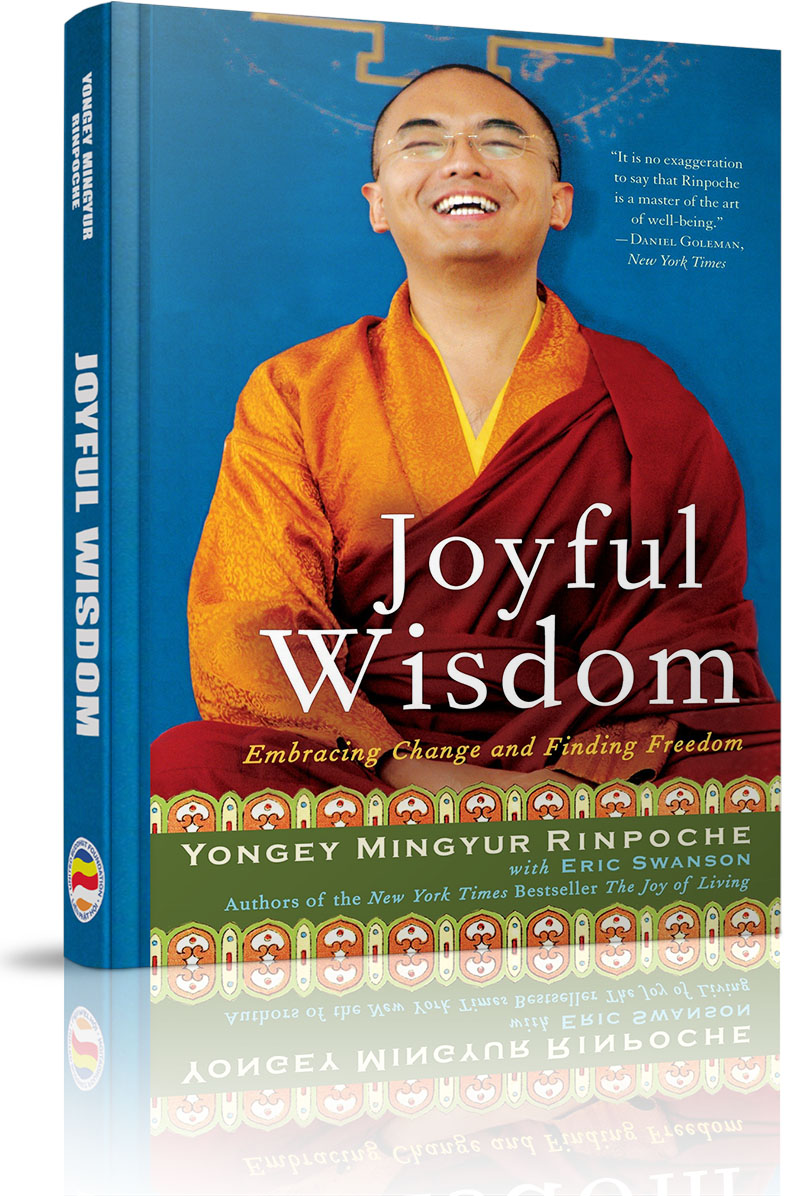Con người chỉ mất ba năm để biết nói nhưng phải mất sáu mươi năm hoặc nhiều hơn để biết im lặng.Rộng Mở Tâm Hồn
Lo lắng không xua tan bất ổn của ngày mai nhưng hủy hoại bình an trong hiện tại. (Worrying doesn’t take away tomorrow’s trouble, it takes away today’s peace.)Unknown
Như đá tảng kiên cố, không gió nào lay động, cũng vậy, giữa khen chê, người trí không dao động.Kinh Pháp cú (Kệ số 81)
Chúng ta không làm gì được với quá khứ, và cũng không có khả năng nắm chắc tương lai, nhưng chúng ta có trọn quyền hành động trong hiện tại.Tủ sách Rộng Mở Tâm Hồn
Kẻ hung dữ hại người cũng như ngửa mặt lên trời mà phun nước bọt. Nước bọt ấy chẳng lên đến trời, lại rơi xuống chính mình.Kinh Bốn mươi hai chương
Chúng ta nên hối tiếc về những sai lầm và học hỏi từ đó, nhưng đừng bao giờ mang theo chúng vào tương lai. (We should regret our mistakes and learn from them, but never carry them forward into the future with us. )Lucy Maud Montgomery
Ta như thầy thuốc, biết bệnh cho thuốc. Người bệnh chịu uống thuốc ấy hay không, chẳng phải lỗi thầy thuốc. Lại cũng như người khéo chỉ đường, chỉ cho mọi người con đường tốt. Nghe rồi mà chẳng đi theo, thật chẳng phải lỗi người chỉ đường.Kinh Lời dạy cuối cùng
Bất lương không phải là tin hay không tin, mà bất lương là khi một người xác nhận rằng họ tin vào một điều mà thực sự họ không hề tin. (Infidelity does not consist in believing, or in disbelieving, it consists in professing to believe what he does not believe.)Thomas Paine
Tôi phản đối bạo lực vì ngay cả khi nó có vẻ như điều tốt đẹp thì đó cũng chỉ là tạm thời, nhưng tội ác nó tạo ra thì tồn tại mãi mãi. (I object to violence because when it appears to do good, the good is only temporary; the evil it does is permanent.)Mahatma Gandhi
Đôi khi ta e ngại về cái giá phải trả để hoàn thiện bản thân, nhưng không biết rằng cái giá của sự không hoàn thiện lại còn đắt hơn!Sưu tầm
Đừng cư xử với người khác tương ứng với sự xấu xa của họ, mà hãy cư xử tương ứng với sự tốt đẹp của bạn. (Don't treat people as bad as they are, treat them as good as you are.)Khuyết danh
Trang chủ »» Danh mục »» THUYẾT GIẢNG GIÁO PHÁP »» Joyful Wisdom »» Introduction »»
 Xem Mục lục
Xem Mục lục  Vietnamese || Đối chiếu song ngữ
Vietnamese || Đối chiếu song ngữ

DO NXB LIÊN PHẬT HỘI PHÁT HÀNH
Mua sách qua Amazon sẽ được gửi đến tận nhà - trên toàn nước Mỹ, Canada, Âu châu và Úc châu.
Quý vị đang truy cập từ IP 216.73.216.19 và chưa ghi danh hoặc đăng nhập trên máy tính này. Nếu là thành viên, quý vị chỉ cần đăng nhập một lần duy nhất trên thiết bị truy cập, bằng email và mật khẩu đã chọn.
Chúng tôi khuyến khích việc ghi danh thành viên ,để thuận tiện trong việc chia sẻ thông tin, chia sẻ kinh nghiệm sống giữa các thành viên, đồng thời quý vị cũng sẽ nhận được sự hỗ trợ kỹ thuật từ Ban Quản Trị trong quá trình sử dụng website này.
Việc ghi danh là hoàn toàn miễn phí và tự nguyện.
Ghi danh hoặc đăng nhập